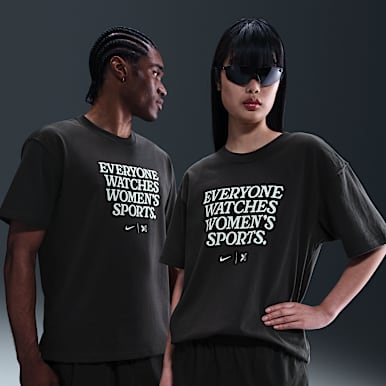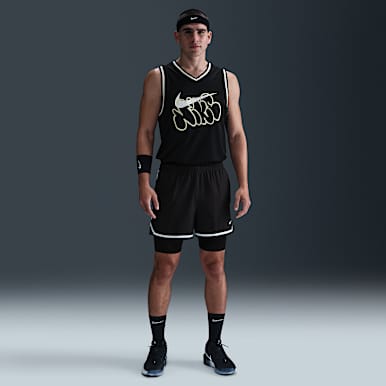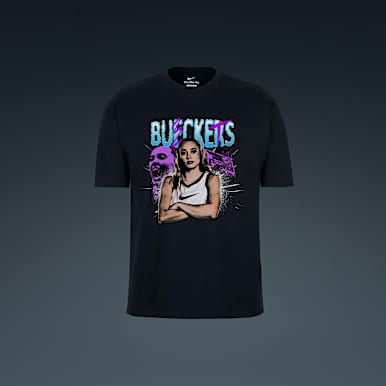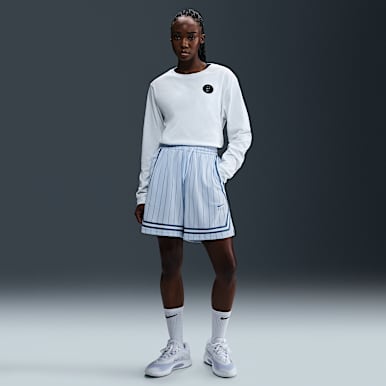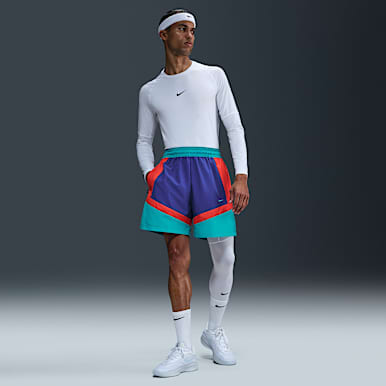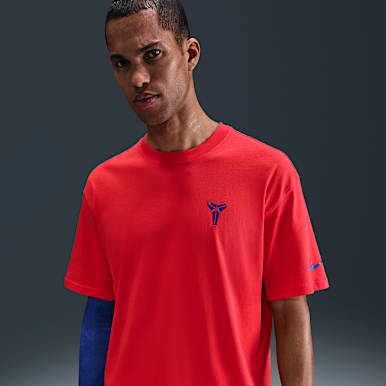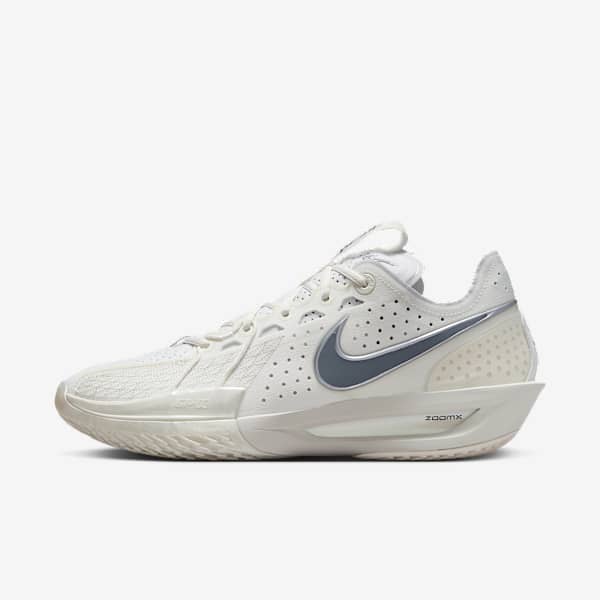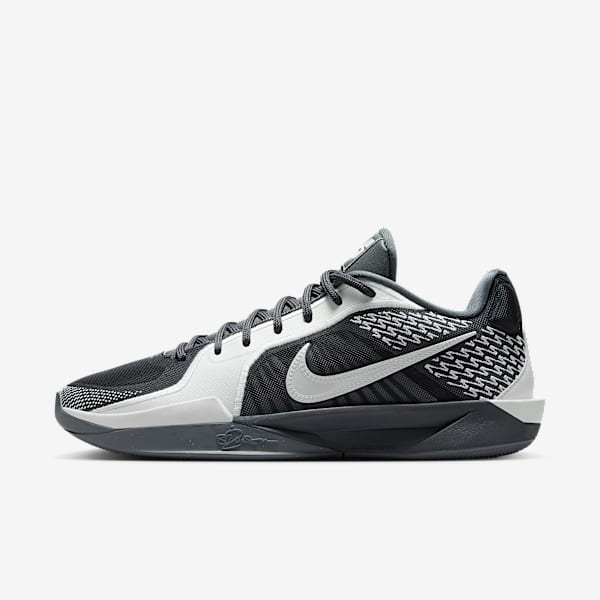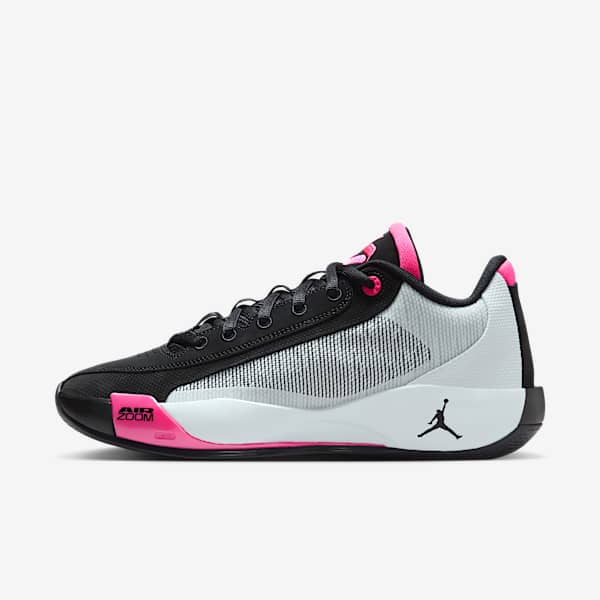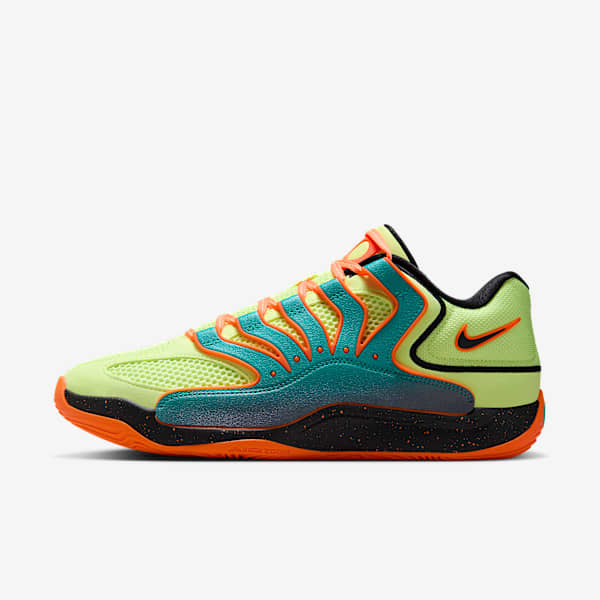Every Position in Basketball, Explained
Sports & Activity
Basketball coaches break down the five positions and their roles on the court.
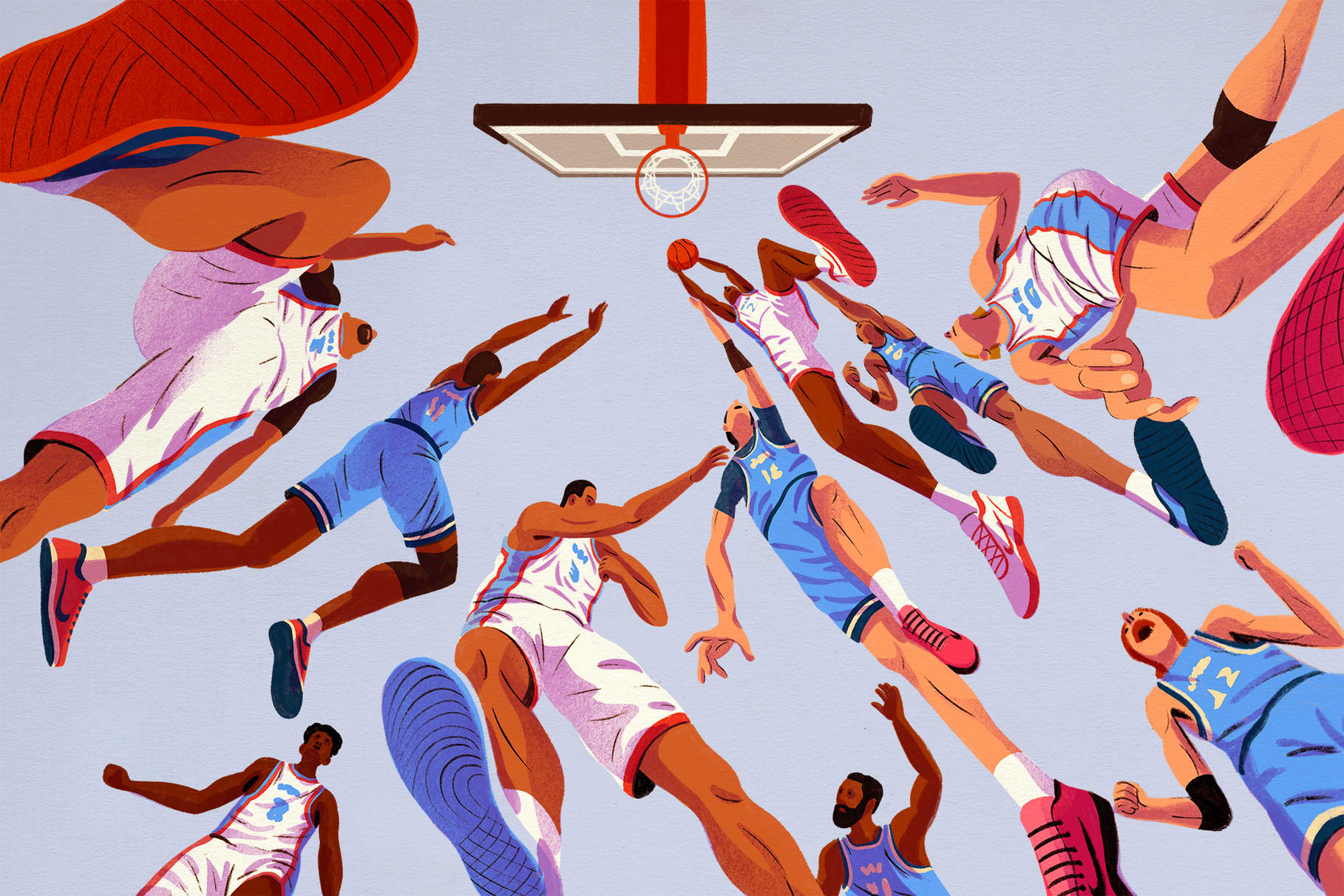
The game of basketball has evolved. Traditionally, the five positions on each side of the court — numbered from one to five — had strictly defined roles. In today’s game, that’s not always the case.
“In the past, the ‘1s’ did the ‘1’ job, the ‘2s’ did the ‘2’ job,” explained Terri Mitchell, associate head coach of women’s basketball at the University of Pittsburgh. “[But now], players know multiple parts on the court.”
Instead of trying to slot players into the 1, 2, 3, 4 and 5 positions, Mitchell explained that today’s coaches tend to put their best players on the court and adapt their coaching to those players’ strengths.
Part of the reason basketball positions have begun to blend, explained Mitchell and James Howard, Georgetown women’s basketball head coach, is because hoopers have become more skilled across all positions.
Centers, for example, are now expected to have more range than they once were, said Howard. Increases in general skill levels across all positions, he said — and coaches teaching how to play all positions, Mitchell added — are moving the game toward positionless basketball.
While the game is trending toward less distinct labels for players’ positions, they do still exist. Here, Mitchell and Howard explain the five traditional basketball positions, what makes them unique and how each is changing.
(Related: 5 Benefits of Playing Basketball, According to Experts)
What Are the Positions in Basketball?
1. Point Guard
Even as the game moves toward being positionless, Mitchell said, “you have to have a point guard.”
The point guard, also known as the “1,” is kind of like the quarterback of a basketball team’s offense. Point guards traditionally dribble the ball up the court when their team goes on offense, meaning they call plays and touch the ball on almost every play.
These plays can be relayed to the point guard from the coaches on the bench, or they may be calling plays on the fly. Once the play starts, point guards pass and distribute the ball to their teammates.
“Point guards need court vision, the ability to pass the basketball and a high basketball IQ,” said Howard. “Court vision” is the ability to assess the court to know where to pass, just like a football quarterback excels at scanning the field for open receivers.
Knowing where players will be and what they will do — that’s “basketball IQ.” Because point guards need to do all of this, Howard said, “they have to be vocal. Your point guard is your coach on the floor. And if your point guard doesn’t have command of the offense and the vision to distribute the basketball to open players, your team is not going to be very successful.”
(Related: Every Position in Soccer, Explained)
2. Shooting Guard
The shooting guard, or “2,” is usually the “best shooter on the court,” Mitchell said. “If you’re a coach and you’re drawing up a play, you’re thinking that this is my knock-down, 3-point shooter. I’m going to [draw up] a play for them.”
Shooting guards tend to take lots of shots from beyond the 3-point line, as well as jump shots that are inside the 3-point line but outside of the key, the area between the foul line and the basket.
Nowadays, as positions blend and all players improve their shooting skills, teams don’t always have a traditional shooting guard on the court, “because we teach [players] to be any place [and play any position],” said Mitchell.
3. Small Forward
In the past, even when positions were more clear-cut, differentiating between a shooting guard and a small forward (or “3”) was tricky. Both players usually play on the outside of an offense, close to the half-court line on either side of the point guard, as they bring the ball up the court. That’s why shooting guards and small forwards are called “wing players.”
If there’s a difference, Howard said, it’s that small forwards “are those slashers that can get to the basket,” he said. While a shooting guard might take a jump shot, the small forward will often continue driving toward the basket for a layup or a similar shot.
“[Small forwards] are athletic. They’re going to be that rebounder that crashes the offensive glass, and they’re going to be one of your toughest defenders against your opponent’s best shooter,” added Howard.
The small forward is a well-rounded player, Mitchell said, “because they do a little bit of everything.” The “3” will shoot, rebound, take layups and more.
4. Power Forward
The power forward and center are part of the “front court,” playing closer to the basket (no matter if they’re on offense or defense) than the point guard and wing players. They’re sometimes called “bigs,” because these players tend to be tall, enabling them to swat away shots from the opponent and catch rebounds to possibly score.
The main differences between a power forward and a center, Howard said, are that power forwards (also called “4s”) are generally better at ball-handling and longer-range shooting.
“[Power forwards] have the ability to handle the ball outside the blocks and the lane lines, and coaches now believe they should be able to shoot [3-pointers] at a high percentage,” said Howard.
An opponent defending a power forward can’t just hang around the basket — if the power forward backs away from the basket, they often can make jump shots. This pulls defenders away from the painted area between the lane lines, Howard said, so there’s more space for small forwards to slash in for layups or for the center to catch the ball and make short baskets.
Power forwards also must be great passers, Mitchell said. When teams get a rebound on defense, it used to be that the ball always went to the point guard to transition to playing offense. But many power forwards now perform a “point forward” duty where they throw passes after a defensive rebound to start their team’s offense.
Because power forwards have so many responsibilities — shooting from far away and close up, passing, rebounding and setting screens to open up offensive opportunities for other players — Mitchell said that one of the most important characteristics of a great “4” is grit. The attitude of a power forward is, “I’m going to do whatever it takes for my team to be successful,” she said.
Sometimes, help comes in the form of new kicks. For those looking for a pair that helps save energy over the course of the game, try Nike’s G.T. Hustle 3 Blueprints.
5. Center
Centers, or the “5,” are usually positioned closest to the basket. To make plays at the rim on offense and defense, they’re often, but not always, the tallest player on the court. And, both coaches said, they were not generally known to be strong jump shooters in the past.
They didn’t have to be: In the traditional style of play, Howard said, centers would have their back to the basket. The ball was passed inside to them, and the player would “post up,” meaning they would fend off a defender with their back to the basket before either passing the ball or shooting.
They would try to make a shot close to the basket by making “post moves,” spins and pivots near the block at the base of the painted lane. A center’s height makes these post moves more effective: If they turn to take a short jump shot, their body length creates more space away from the defender, making them less likely to be blocked.
And if the move takes them closer to the basket, they’re less likely to have it batted away by other “bigs” as they finish with a layup — and they’re already closer to the hoop for a potential rebound.
These centers, Mitchell said, are “grinders.”
“[Maybe] she can’t score outside the free-throw line, but she can grab 10 rebounds a game,” Mitchell said of traditional centers. “You have to play her [in a position] where she can score layups.”
As players have become more skilled and positions evolve, centers are able and encouraged to do more than ever, Howard said. Instead of staying close to the basket, many centers now move out to the 3-point line and shoot from long range, which wasn’t expected in the past.
They’re also called on to use more dribbling skill, he said: “In the past, you would throw the ball inside, and the center would play off the blocks [painted on the floor at the base of the painted key]. Now they’re stretching the floor, coming out to the 3-point line, and they’re able to attack off the dribble,” driving to the basket instead of just catching the ball near the rim.
When the center can move out of the painted area and still be a scoring threat, Howard said, there’s more open space in the middle of the floor. Therefore, other players, like small forwards, shooting guards and power forwards, can drive to the basket for layups.
To play the modern center position, which involves both being near the basket and moving away from it as a scoring threat, Howard said, players need to be agile, athletic and mentally tough. “They’re going to fight and give you everything they have,” he said.
Words by Greg Presto











